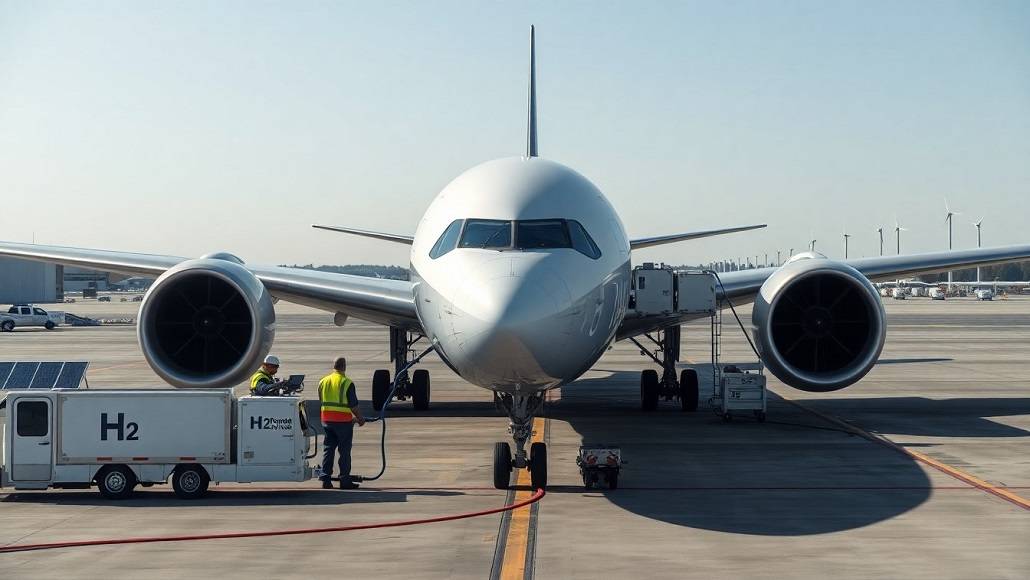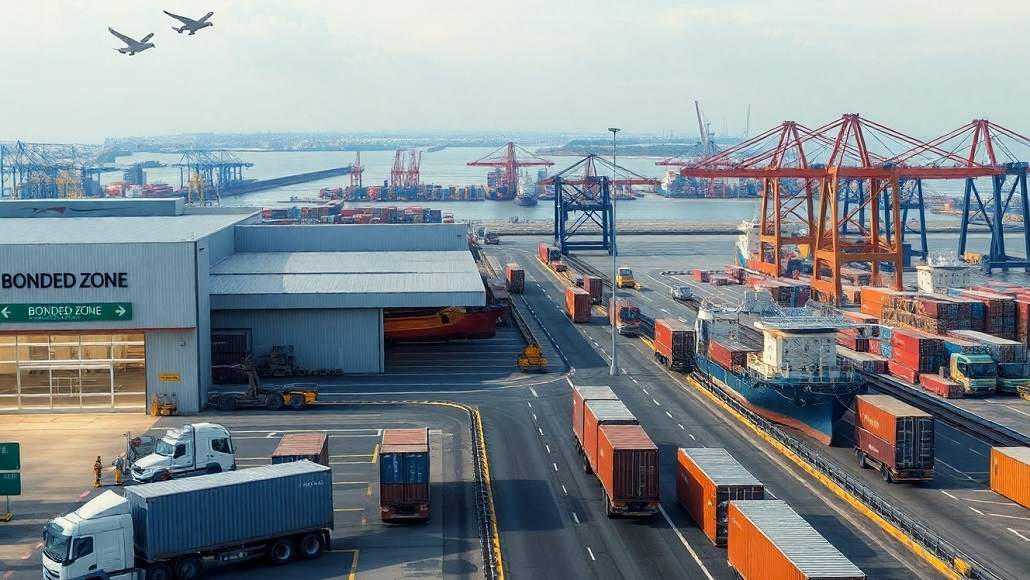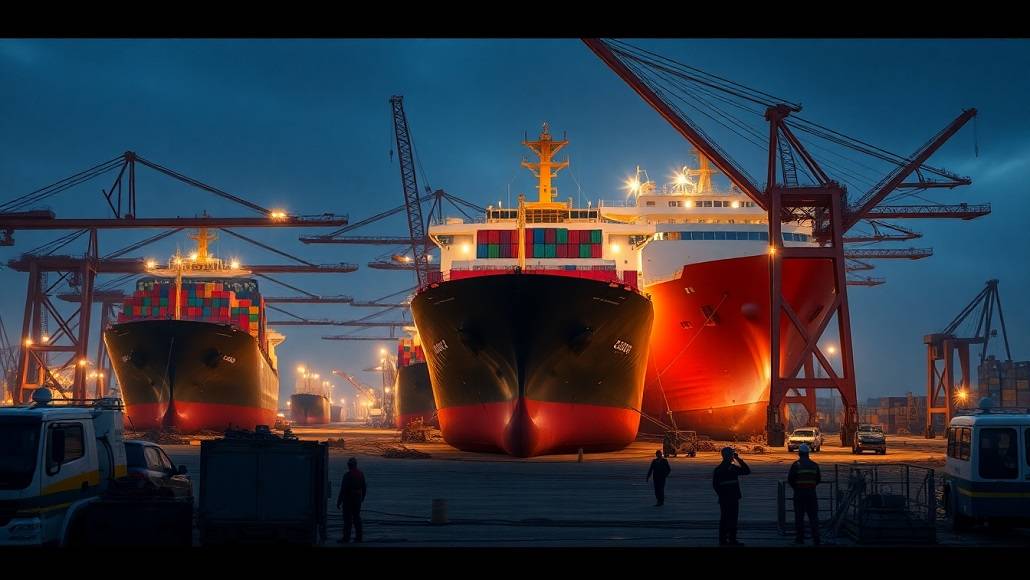Shipping interests are closely monitoring proposals for import and export trades involving Chinese vessels. Domestic industry prompted a Section 301 investigation by the United States Trade Representative (“USTR”) over concerns about China’s industrial ambitions in sectors critical to U.S. economic and national security. The outsized role of China in international ocean shipping is greater than many would expect. China’s global tonnage of shipbuilding market share grew from less than 5% in 1999 to more than 50% in 2023. China holds over 19% of the commercial world fleet and produces over 95% of the world’s shipping containers and over 85% of the world’s intermodal chassis.
Extraordinary service fees and restrictions are anticipated to have a near-term effect of escalating certain ocean shipping costs. Commercial users of those services, including cargo owners and the NVOCC intermediaries they use are widely expected to shoulder the cost through higher rates charged by vessel operators and through the net restriction in global shipping capacity.
This move represents a significant change in U.S. trade policy, emblematic of a wider strategic push to address systemic practices within the maritime industry.
China Shipbuilding Strategy Under Review
Five labor unions submitted a petition on March 12, 2024, calling for this investigation, claiming China imposes unreasonable and discriminatory policies that give a competitive edge across maritime sectors.
The USTR launched the investigation on April 17 of the same year. On January 16, 2025, the USTR released a report in which it determined that China’s goal of controlling the maritime, logistics, and shipbuilding industries poses an unreasonable threat to United States commerce. This is interpreted by the USTR to be part of China’s Military-Civil Fusion plan that will enhance supply chain risk and lower resiliency, deny market-oriented enterprises opportunities, and permit extraordinary control of these critical industries.
The USTR found on April 17, 2025, that China has in fact systematically targeted the maritime, shipbuilding and logistics sectors for global dominance over the span of thirty years. The initiative included a series of overlapping national strategies such as its Five-Year Plans, the “Made in China 2025” initiative, as well as sector-specific policies to achieve its objectives. China is understood to have implemented top-down plans to gain global share in the sector through non-market factors including direct and indirect state subsidies; favorable access to land, credit, and raw materials; repressed labor costs and non-enforcement of labor rights; state-led mergers and restructuring to produce “national champions;” and export incentives and market access obstacles to overseas rivals.
The USTR determined that these interventions enabled Chinese firms to undercut global competition, capture market share, and set terms throughout the global maritime sector and supply chains. The targeting of China’s maritime industry has had profound and adverse effects on U.S. interests, including the displacement of U.S. companies in the shipbuilding, diminished competition, and newly arising supply chain vulnerabilities.
Early Proposed Fees and Restrictions Very High
Market stakeholders were generally concerned with the original proposal for tariffs and other controls on Chinese interests in the U.S. trades. The USTR initially proposed significant service fees on certain maritime services as well as other industry restrictions in response to these identified threats. For example, Chinese vessel operators would be fined up to $1 million for each entry of any ship at any U.S. port, or $1,000 per net vessel capacity. Shipping vessel operators would be fined up to $1.5 million for each entry of any ship at any U.S. port, according to a tiered rate schedule for the percentage of Chinese-built ships in their worldwide fleets. Exports of U.S goods are limited to U.S.-flagged, U.S.-constructed, ships by U.S. operators under a seven-year phase-in plan. Exceptions can be allowed for ships not constructed in the U.S. if it can be determined that more than 20% of U.S. products annually are carried on U.S. flagged U.S. built ships.
Newly Proposed Fees and Restrictions
As a reaction to its April findings this year, the USTR announced it was initiating a rulemaking process for aggressive remedial action that could include levying extra tariffs on Chinese vessels, marine equipment, and supporting logistics service; Chinese-built ship import restrictions and maritime services; stricter reviews of Chinese investment in U.S. maritime and logistics industries; and helping U.S. industry domestically through federal investment and incentives in shipbuilding and logistics companies.
The tariff burden for vessel owners and operators has gained the greatest attention from clients and commentators. The proposal has two phases of imposing tariffs on China’s maritime industry.
The first phase is scheduled to start on October 14, 2025. Chinese owners and operators of vessels would remit $50 per net ton arriving at U.S. ports, which increases each year until it reaches $140 per net ton in 2028. All other operators of Chinese-built vessels would remit $120 per container or $18 per net ton arriving at U.S. ports, whichever is the greater, and which increases each year until reaching $250 per container or $250 per net ton in 2028. The second phase is scheduled to start on April 17, 2028. The total percentage of U.S. built, U.S. flagged, and U.S. operated vessels utilized for LNG exports shall be equal to 1% of all vessels utilized, which increases progressively to 15% in 2047.



























